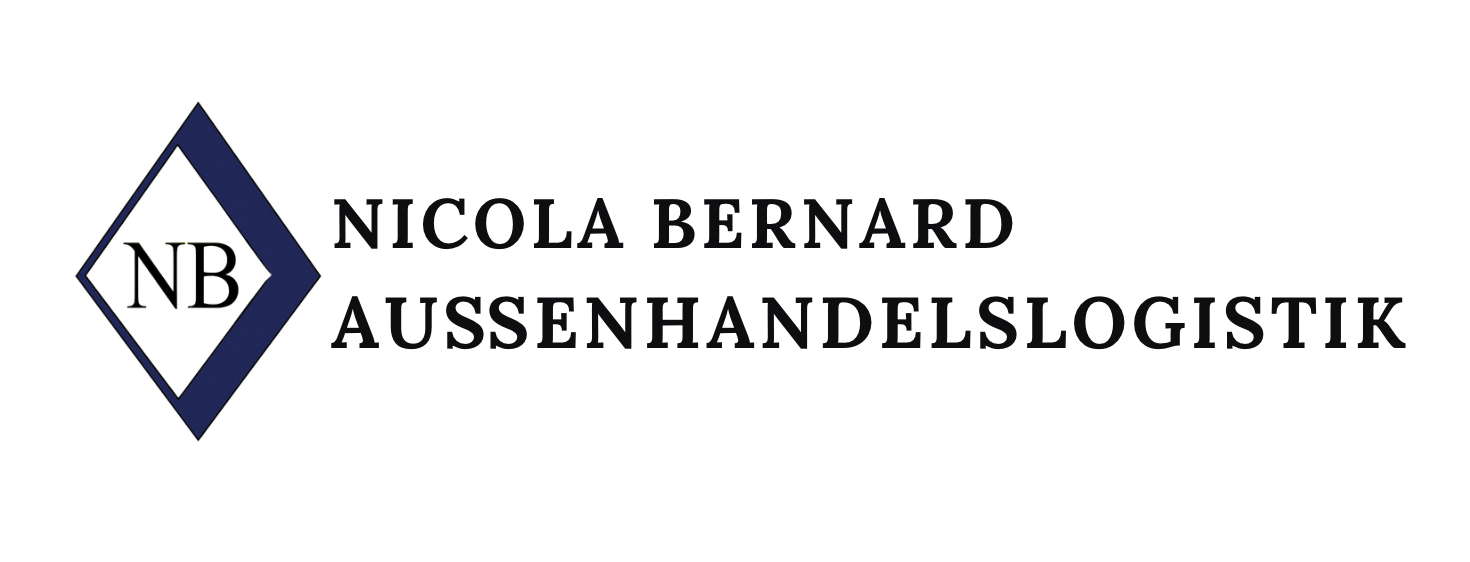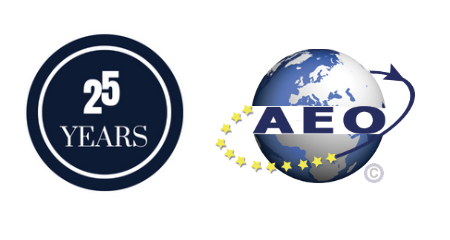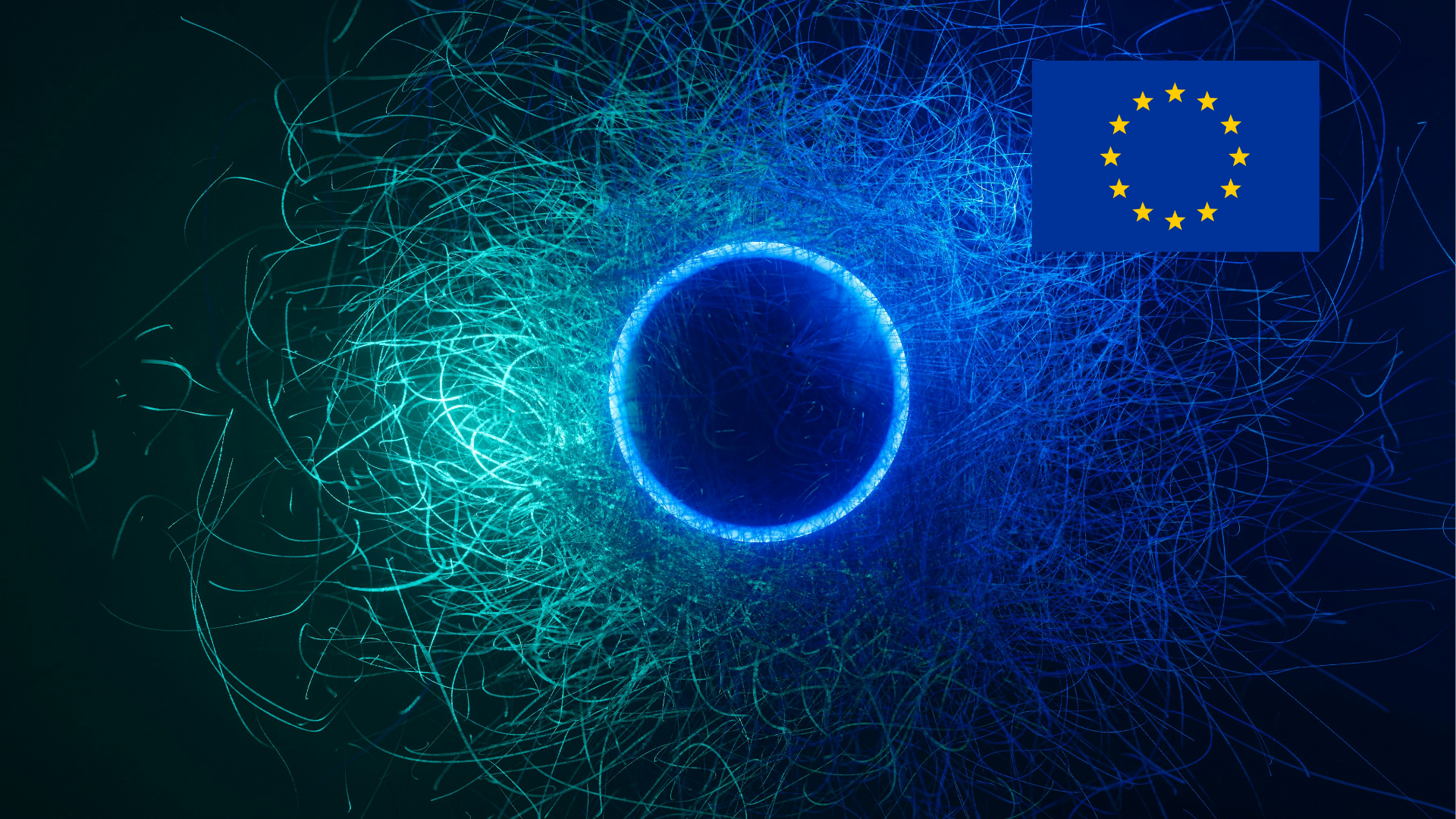The Dual-Use Regulation (EU) 2021/821 regulates the control of dual-use goods – products that can be used for both civilian and military purposes or that could potentially contribute to the proliferation of weapons of mass destruction. Licences and control mechanisms are required for the export, transit and brokering of such goods.
As international safety obligations and technical developments change regularly, Annex I needs to be updated on an ongoing basis. The European Commission is authorised to implement these updates by means of delegated acts.
Reasons for the current amendment
The previous version of Annex I was last revised in 2024. In the course of 2025, Member States accepted further commitments, including within the framework of international non-proliferation regimes such as the Australia Group, the Wassenaar Arrangement and the Nuclear Suppliers Group. The amendment now published serves to implement these international requirements uniformly in all 27 EU Member States, thereby creating a level playing field and legal certainty for exporters.
Contents of the revision
The changes concern both the addition of new goods to the list and the adjustment of existing parameters. This includes, among other things, a more precise description of technical characteristics, the inclusion of new technologies and the deletion of items that are no longer relevant.
Newly added positions
- 1C002c2i – New entry: «Ultrasonic atomisation» added to list of processes.
- 1C513 – New entry for «high entropy alloy or refractory metal and alloy powders».
- 2B352j New entry j. for «peptide synthesizers» including new Local Definition for «system synthesis scale» & new N.B.
- 2B510 – New entry for «additive manufacturing equipment».
- 2E503 – New entry for «technology for the development or production of coating systems».
- 3A501 – New entry for «Complementary Metal Oxide Semiconductor (CMOS) integrated circuits». New entry for «integrated circuits». New entry for «parametric signal amplifiers».
- 3B501 – New entry for « Equipment designed for epitaxial growth of silicon (Si) or silicon germanium (SiGe)». New Entry for «Lithography equipment». New Entry for «Equipment designed for dry etching». New Entry for «”Extreme Ultraviolet” (“EUV”) masks and “EUV” reticles ». New Entry for «’Pellicles’ specially designed for “EUV” lithography». New Entry for «Semiconductor manufacturing deposition equipment».
- 3B503 – New Entry for «Scanning Electron Microscope (SEM) equipment».
- 3B504 – New Entry for «Cryogenic wafer probing equipment».
- 3C507 – New Entry for «Epitaxial materials».
- 3D507 – New Entry for «”Software” designed to extract ‘GDSII’ or equivalent standard layout data».
- 3E505 – New Entry for «”Technology” […]for the “development” or “production” of integrated circuits or devices, using “Gate-All-Around Field-Effect Transistor” (“GAAFET”) structures ».
- 4A506 – New entry for «quantum computers».
- 4A507 – New entry for «computers, electronic assemblies, and components containing one or more integrated circuits specified by 3A501a16».
- 4D001b3 – New entry for «software for the development or production of items specified by 4A506.b. or 4A506.c.»
- 4E001b3 – New entry for «technology for the development or production of items specified by 4A506.b. or 4A506.c.»
- 6A005d1b1 to d1b5 – 2 new sub-entries.
Changed parameters
- 1C005b1, b2 & c – Editorial changes
- 1C116 – Carbon content of maraging steels specified from «very low» to «less than or equal to 0,03% by weight» and editorial changes.
- 6A005d1b1 to d1b5 – Update of technical parameters for laser diode output power
Significance for companies
For exporters, the update means that they should review their internal compliance processes and adjust them if necessary. New technologies such as quantum computers, additive manufacturing and modern semiconductor processes are becoming more of a focus for export controls. Companies are therefore well advised to regularly review their goods classification and stay up to date with the latest regulations. The changes are expected to come into force in November 2025.
Source: Federal Office for Economic Affairs and Export Control (BAFA) (in German)






